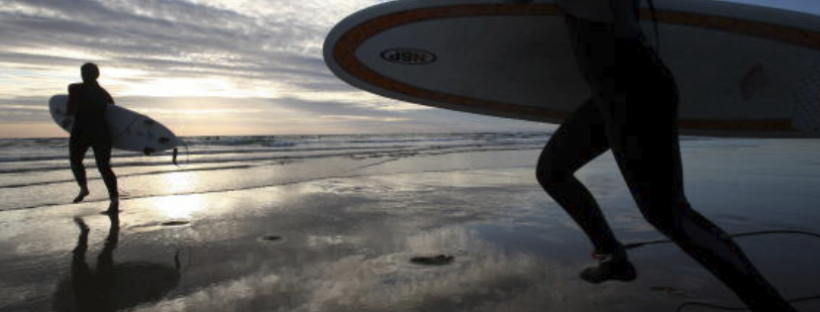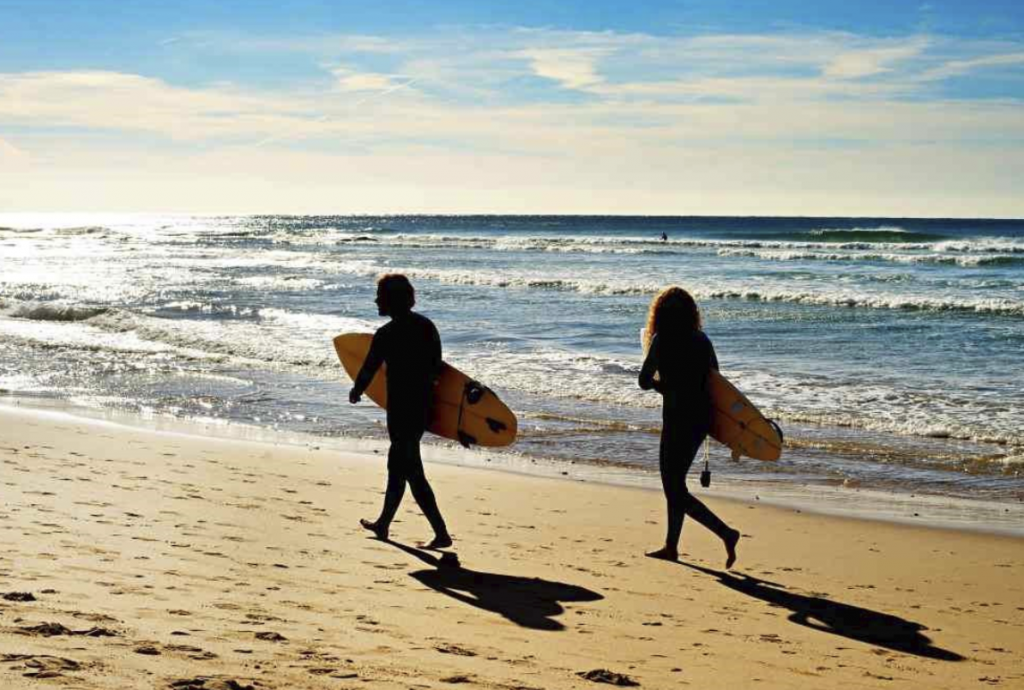Here are the reasons why Portugal is the best surfing destination in Europe.
Convenience
Portugal is home to a well-developed tourism industry and particularly well-equipped surfing tourists. Hotels, restaurants are friendly with foreigners and always serve the best visitors.
Portugal also has great surf camps, surf hostels and surf schools to choose from. As a highly developed European country with a good transport network, Portugal is considered a safe and convenient place to travel, stay and enjoy vacations.
Easy to communicate
In terms of language, you will find that English is widely used in the tourism industry, by young people and even in the general population.
Many ideal surfing spots

Portugal’s coast has a lot of incredible surfing spots, perfect for beginners and professional surfers. Costa da Caparica (on the southern bank of the Tagus River, heading towards Lisbon north); Estoril and Cascais (15 km west of Lisbon); Ericeira (40 km north of Lisbon) and Peniche (100 km north of Lisbon) are the top 4 surfing locations in Portugal.
Cheap cost
Portugal offers all the convenience and comfort at a low cost. Lisbon is one of the five most affordable cities in Europe and outside the capital, things are often even cheaper. Compared to Western Europe, there is simply no competition when it comes to prices, especially at a surfing destination.
Peaceful
A lot of beaches and lots of surfing spots are not tourist hotspots. In addition, all beaches are free to move.
Food
Portugal is a gourmet dream with a limited budget. There are a full range of local and international restaurants at very affordable prices. The wines here are especially good at reasonable prices, with great local mid-range wines for only 3-5 euros.
Many beautiful scenes and activities
The impressive Moorish castle, medieval town and a series of museums will attest to Portugal’s rich history. Places like Lisbon and Sintra are perfect examples of its unique cultural wealth Festivals, concerts, fairs and other cultural events are popular year round.
Thanks to the development of tourism, investment in coastal resort real estate in Portugal is currently one of the potential areas, attracting a large number of foreign investors. Do you want to come surfing once in Portugal?


